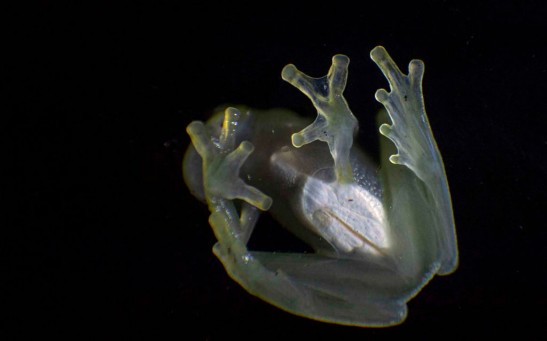frogs
Hairless Frogs Shed Lights About Origins of Hair [Study]
Why Do Tree Frogs Lay Eggs on the Ground Instead of on Tree Branches Where They Usually Live?
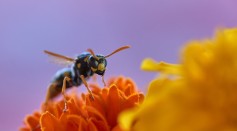
Scientists from the Natural History Museum Describe 351 Plant and Animal Species in 2022: Stegosaur, Frogs Smaller Than a Coin, Wasp Parasites, More!
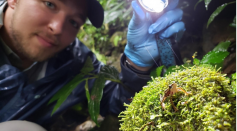
Leaping Back to Existence: Harlequin Frogs Rediscovered in Ecuador; 32 Species Believed To Be Revived Through Conservation Efforts
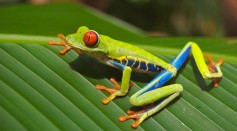
Amphibian Die-Off in Central America Allowed Mosquito Populations to Multiply, Spiking Malaria Cases
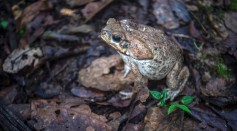
Robot Surpasses Limitations on How Far, High Animals Can Fly, Jump
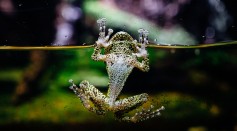
Strange Death of Ancient Frogs in Prehistoric Swamp Solved, What Caused The Genocide?
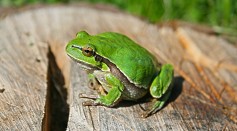
Why Do Frogs Mate With Food, Another Animal Species, or An Object? Here’s What Biology Tells Us
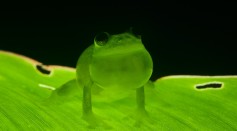
Two New Species of Endangered Glass Frogs With See-Through Bodies Discovered in Active Mining Sites in Ecuador
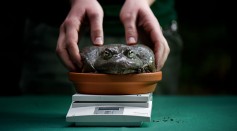
First-Ever Frog Limb Regrowth Found Effective; Serves as Stepping Stone for Regenerative Medicine

Life on Mars? NASA Perseverance Rover Captures What Looks Like a 'Human Skeleton' and 'Animal' Buried on the Red Planet
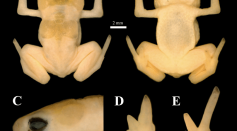
Aquatic Fungus Now a Threat to Terrestrial Frog Survival; Will they be the Next Amphibians to be Wiped Off the Map?
Lack of Natural Predators Turns Overly Poisonous Cane Toads Into Cannibals, Become Invasive Species
Endangered Scrotum Frog Live At the Bottom of Lake Titicaca; Public Display and Study Conducted to Saving Them From Extinction
Most Popular

How Technology Is Changing the Real Estate Industry?

Study Reveals High Turnover in Scientific Research Careers: What This Means for Future Scientists

How a Plant-Based Diet Can Protect Against Breast Cancer: Insights from Nutrition Research

Why It's So Difficult to Lose Weight: The Biological Explanation Behind Obesity

